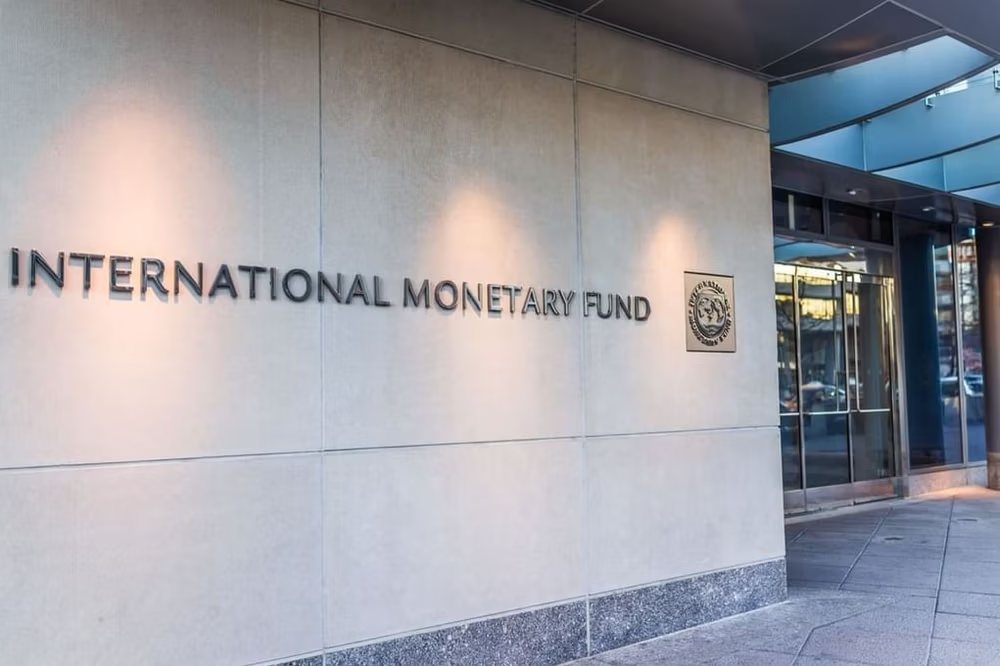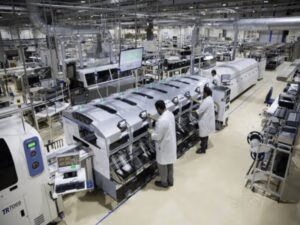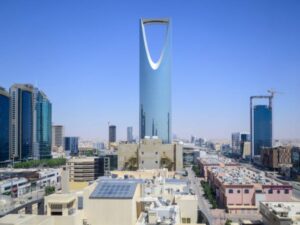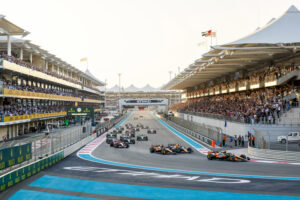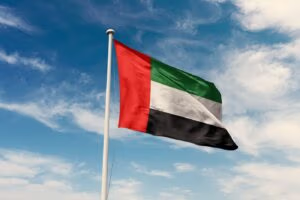The International Monetary Fund has upgraded its growth projection for the United Arab Emirates, forecasting real GDP expansion of 4.8% in 2025, according to the latest World Economic Outlook released today. The revised figure represents an increase from the Fund’s previous estimate issued in April. This improvement is closely tied to factors influencing the UAE GDP.
The IMF maintained its 2026 growth forecast for the UAE at 5%, signaling sustained economic momentum driven by robust non-oil sector performance and strategic public investment.
The growth in the UAE GDP highlights the effectiveness of government strategies aimed at diversifying the economy.
The upgraded outlook for the UAE comes amid a broader global economic slowdown, with worldwide growth projected to decelerate from 3.3% in 2024 to 3.2% in 2025 and 3.1% in 2026. Advanced economies are expected to expand at approximately 1.5%, while emerging market and developing economies will likely grow just above 4%.
In contrast to the global trend, the Middle East and Central Asia region shows strengthening prospects, with growth forecast to accelerate from 2.6% in 2024 to 3.5% in 2025 and 3.8% in 2026. The 2025 regional projection represents a significant 0.5 percentage point upward revision from the IMF’s April assessment.
The improved regional outlook reflects several factors, including stronger performance in oil-exporting countries following production adjustments, continued economic diversification efforts, and resilient domestic demand across several regional economies.
The WEO report emphasized the importance of sound economic governance, urging policymakers to “restore confidence through credible, transparent, and sustainable policies.” The IMF recommended that trade diplomacy be complemented by macroeconomic adjustment, the rebuilding of fiscal buffers, and the preservation of central bank independence.
Structural reforms remain critical for sustained growth, particularly in regions experiencing economic transformation. The report highlighted the need to “redouble efforts on structural reforms” to enhance productivity, improve business environments, and create more diversified and resilient economies.
The UAE’s upgraded growth trajectory reflects the success of its economic diversification strategy and substantial investments in sectors including technology, renewable energy, tourism, and advanced manufacturing. The country’s non-oil sector has demonstrated particular strength, supported by business-friendly policies and strategic initiatives aligned with long-term national development plans.
As global economic conditions remain uncertain, the IMF’s revised forecasts underscore the UAE’s position as a regional economic leader and highlight the diverging growth patterns between energy-exporting nations and other emerging markets in the current macroeconomic environment.
–Input WAM

